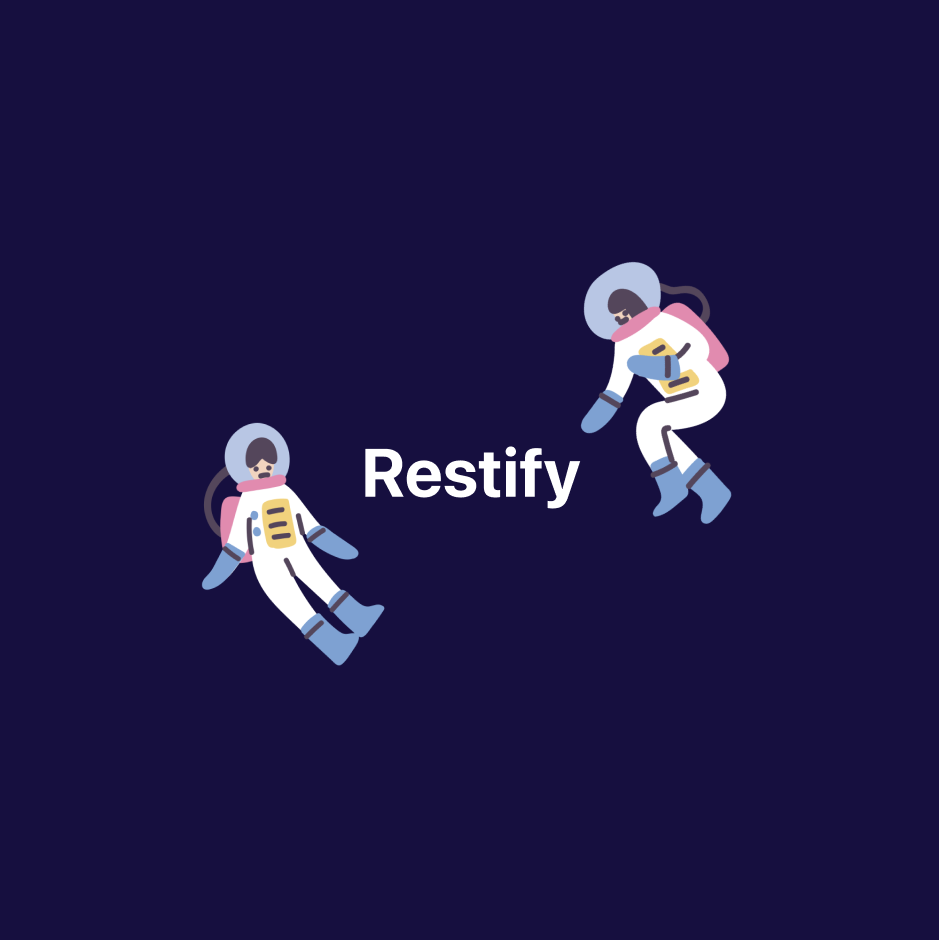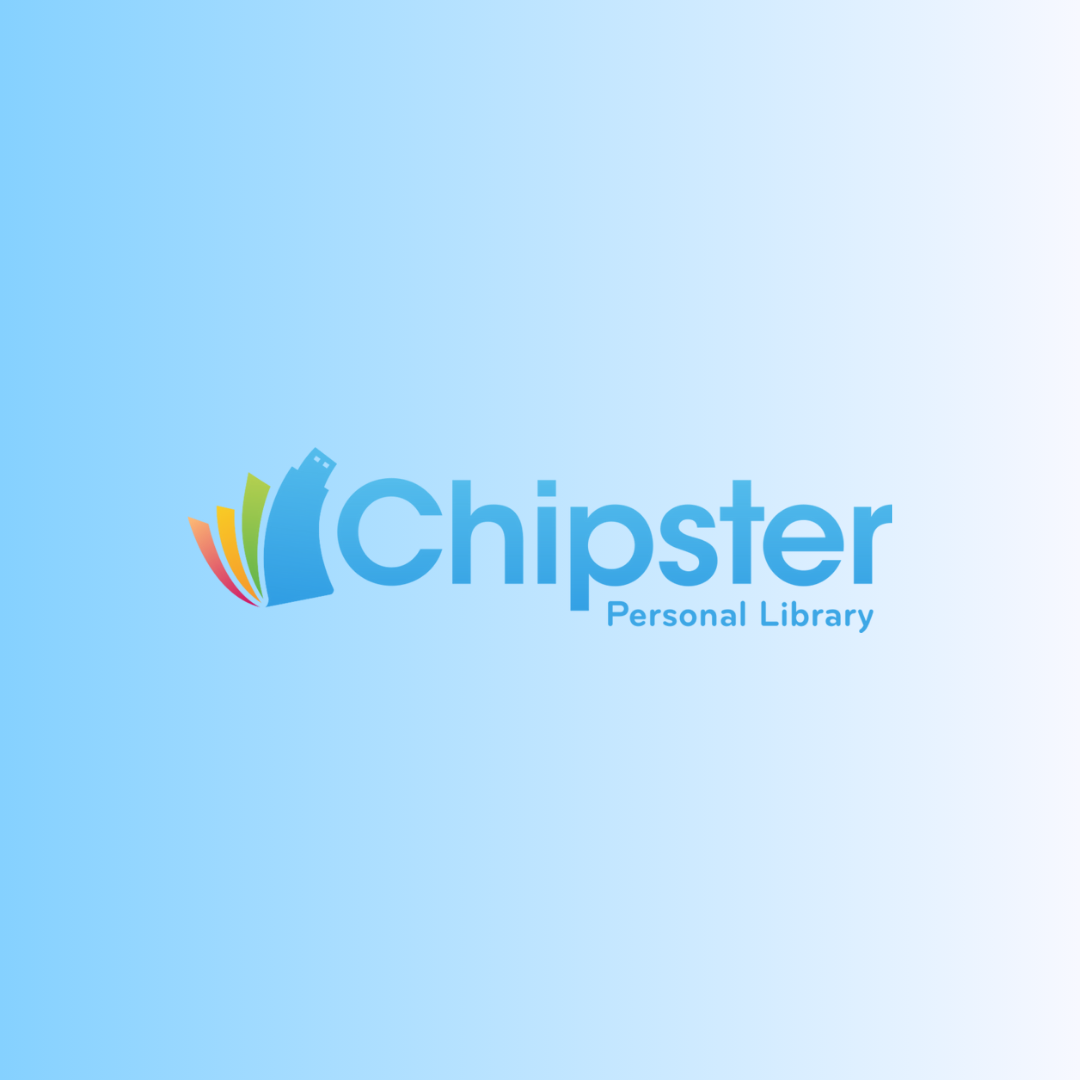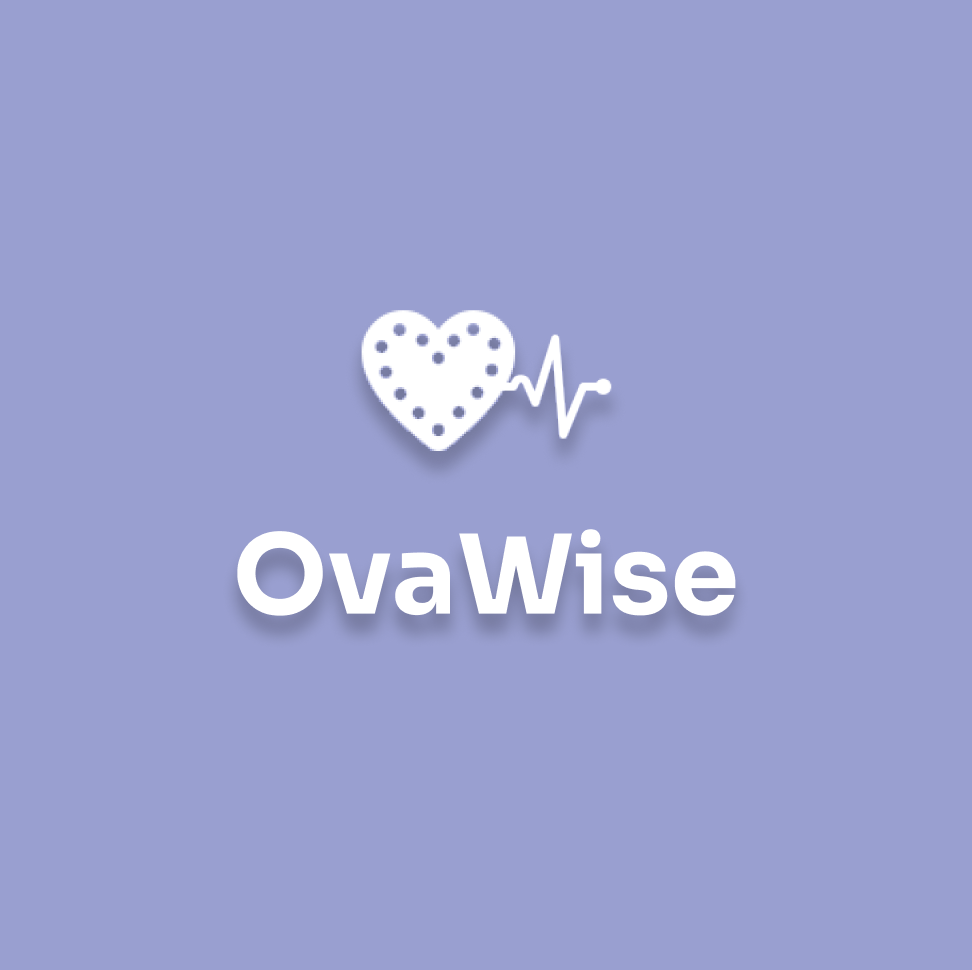
Introduction
One of the most important factors for a college student’s success is a solid sleep schedule, but is also the hardest routine for students to maintain. Getting a good night’s rest improves mental health, academic performance, and physical health, making sleep deprivation detrimental to a student’s overall well-being.
Initial Value Proposition
Initial Value Proposition: a notification based system that reminds students to go to sleep.
However, my initial value proposition focused too much on features, rather than how the app will improve the customer segment’s daily life. Additionally, it was unoriginal and didn’t differentiate my app from other competitors in the sleep tracking app market.
After conducting customer interviews and learning more about the building blocks of value propositions, I went back and made changes.
Revised Value Proposition: a sleep tracking app that maximizes the daily energy of students and improves quality of sleep by adapting to their busy schedule and reducing before-bedtime stressors.
Customer Segment
Within the broader audience of “college students”, my primary customer segment are student employees. These are college students that either work part-time on-campus or off-campus in surrounding areas. These students have to strike a balance with their school, work, and social lives all while trying to get a good night’s rest.
This segment is significant because these college students have more to juggle than students who don’t work part-time. They must have proper sleep in order to function well in the classroom as well as their workplaces.
Customer’s Biggest Problems
The biggest problem that members of my customer segment face is a constant, changing weekly work schedule. I have friends who get called into work unexpectedly, and must shift around their bedtimes to get to work on time. This creates a lack of consistency in their sleep schedule, causing a disruption in circadian rhythm.
Other pain points include:
- Revenge bedtime procrastination
- a phenomenon in which people put off going to bed to engage in activities that they don’t have time for during the day
- Lack of bedtime routine
- Getting less sleep during busier times of the year (midterms, final exams)
Provisional Personas


Customer Interviews and Analysis
Interviewees

See full interview transcripts here.
Research Summary
Key Insights:
- Most participants felt that they’re destined to be sleep deprived because they have to juggle so many things (school, work, extracurriculars, social)
- A lot of them are victims to revenge bedtime procrastination
- All of them wanted to get more sleep on a day-to-day
Surprises:
- Participants were interested learning more about the science of sleep like sleep debt, revenge bedtime procrastination, REM sleep, etc.
Results:
- Overall, confirmed my assumptions about my customer segment
Impact on Value Proposition
- Made me think more about quality of sleep than length
- Revised value proposition: A space to improve and maintain quality of sleep based on students’ class, work, and social schedule.
- Interviews validated my assumptions on the needs of my customer segment.
Impact on Provisional Personas
- Interviews validated my provisional personas
- I was right about working students going to bed past midnight because they have to study and do homework
- Improvements I would make to provisional personas is create a fuller daily schedule because my interviewees had insanely busy lives
Competitive Research and Analysis Brief
To better understand the nature of the current sleep tracking app market, it’s important to look at the strengths, weaknesses, and features of competitors. Let’s take a look at the top 3 competitors:
Most Threatening Competitors

SleepScore

Value proposition: SleepScore utilizes sonar technology to collect and analyze your personal sleep data to provide insights on your deep sleep, REM sleep, and every nighttime awakening.
Data Points:
- Monthly Traffic: 689,452 visits
- 4.4/5 Stars
- 7K ratings
Strengths:
- Sonar technology differentiates it from other sleep trackers
- Tracks light sleep, deep deep, and REM sleep to predict energy levels
- Color scheme creates calming atmosphere to promote good sleep and a stress-free user experience
Weaknesses:
- Has health blog posts but it’s not attention grabbing
- There’s only 1 meditation exercise (basic breathing in and out)
- Some graphics look dated, might not appeal to a younger audience
SleepScore Feature Analysis

RISE: Sleep Tracker

Value proposition: RISE: Sleep Tracker measures sleep debt and energy level to help users maximize their daily energy levels.
Strengths:
- Includes calendar integration feature
- Tracks sleep debt and quality of sleep, unlike other apps
- “Find the best time” feature allows users to schedule mid-day naps
Weaknesses:
- Calendar integration isn’t initially obvious. Rather than putting the integration toggle in the calendar tab, users have to dig in the user profile settings.
RISE: Sleep Tracker Feature Analysis

Headspace

Value proposition: Headspace is everyday mindfulness and meditation, so users can make mindfulness a daily habit and be kind to their minds.
Strengths:
- Very visually unique compared to other meditation apps (strong brand)
- Each meditation exercise is animated in the same art style, giving it a playful quality and catches the user’s attention
- Provides a daily dashboard of exercises to do, prevents the user from getting lost
Weaknesses:
- Sleep specific meditation exercises are locked behind a paywall
- Doesn’t provide scientific backing within the app
- Doesn’t ask demographic questions, not personalized
Headspace Feature Analysis

How this Influenced my UX Strategy
My competitive research has led me believe that this market is a purple ocean. There’s an ocean full of customers with unmet needs, but there are so many similar apps fighting for the same fish. There are a lot of apps that tackle sleep health problems, meditation, and reducing screen time separately, but there is not one that combines those three ideas.
The fish I’m aiming for is to solve the sleep deprivation crisis in busy college students by providing a time management tool (calendar integration), stress reducing tools to alleviate anxiety (meditation), and reducing procrastination & phone overconsumption (phone locking).
Therefore, I wanted to model the MVP around these findings and include these key features.
Storyboarding, Prototyping, and User Research

After conducting customer interviews, I created a storyboard based off of my findings. Interviewees struggled to manage their busy daily lives, so I thought of three key features: calendar integration, phone lockdown, and sleep statistics to include in my MVP wireframes.

User Research Findings
Then, I conducted user research with my prototype. I had 3 hypothesis I was looking to either validate or reject:
- Hypothesis #1: The main barrier to good sleep amongst college students is revenge screen time procrastination
- Hypothesis #2: The customer segment is looking to improve quality of sleep over length of sleep (prevent morning grogginess, find time for power naps, etc)
- Hypothesis #3: Customer segment is more likely to need Restify closer to midterms and final exam season
I interviewed 5 people total. See the full interview transcripts here.
Hypothesis Validation

Overall, my hypotheses and value proposition were validated in my interviews. The hypotheses that weren’t validated were because the interviewee takes sleep medication to help them sleep.
Critical Observations
- One interviewee said that they consistently get at least 9 hours of sleep at night as well as nap around twice a week. Therefore, the features of Restify didn’t apply to them. However, they mentioned that they would have answered differently to the interview questions if they were off their sleep medication. This means that there’s room for future development in the app concerning sleep disorder and sleep medication.
- Some interviewees were hesitant about confirming whether or not they would use the phone lockdown future. However, when I elaborated that the app would send pop-up notifications and is meant solely to prevent users from falling into revenge bedtime procrastination, they agreed that they would use it.
- The use of a sleep tracking app relies on some sort of self-motivation from the user.
Conclusion and Next Steps
Overall, producing this prototype taught me fundamental UX strategy skills such as formulating (and revising) a value proposition, performing competitive research, and how to conduct and analyze interviews.
Restify is a sleep tracking app with busy, working college students in mind. The scope of the prototype is limited by time and resources, but some future next steps would be:
- Developing an algorithm that adjusts energy peaks and dips to the user’s actual calendar, instead of being static.
- Make the app give smart suggestions based on a user’s identified sleep disorder.
- Dig into the effects and solutions to sleep debt and incorporate it.




Leave a Reply